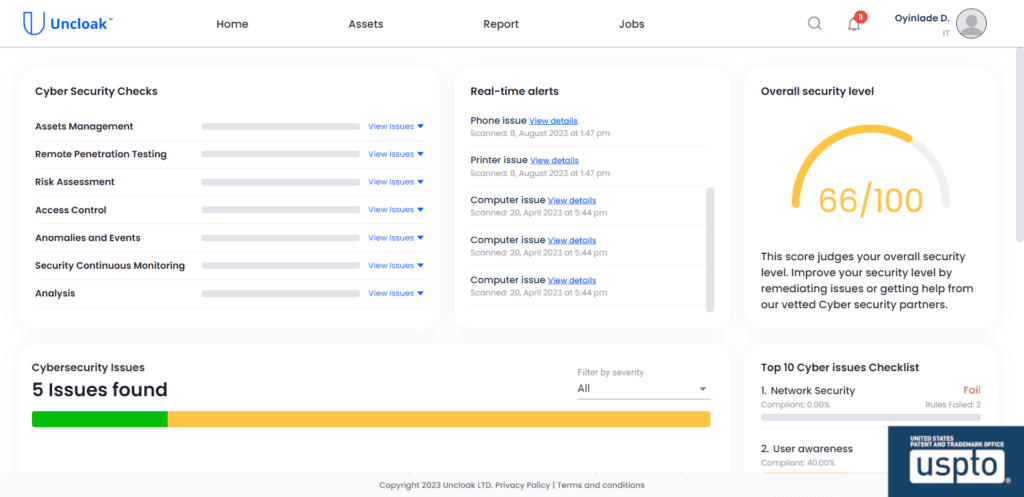Introduction
The digital age comes with numerous risks, particularly those related to cybersecurity. As technology advances, so do the threats to sensitive information. It is essential to understand the basics of cybersecurity and internet safety to keep yourself and your information safe. Even if you are a beginner, learning cybersecurity basics can go a long way in keeping your information secure. In this blog, we will journey through the fundamental concepts of cybersecurity, explore the different types of cyber threats, and learn how to protect yourself online.
What is Cybersecurity?
Cybersecurity is the practice of protecting computer systems, networks, and sensitive data from theft, damage, or unauthorized access. This practice involves various measures, including the use of software applications and security protocols to prevent and detect cyber-attacks. Cybersecurity also encompasses the management of risks and the identification of potential breaches before they happen. Cybersecurity is not just limited to the technically-savvy. Everyone should have a basic understanding of cybersecurity and practice good habits to protect their digital assets.
Types of Cyber Threats
Cyber threats come in various forms, and each poses a risk to your data security. Among the most common types of cyber threats include phishing attacks, malware, ransomware, and social engineering scams. Hackers typically use these tactics to gain unauthorized access to your information. It is essential to understand these types of cyber risks to be able to recognize them and prevent them from harming you.
Cybersecurity Firms
If you run a business or organization that collects user data online, we recommend seeking professional cybersecurity consultation. Fortunately, plenty of cybersecurity firms exist to help you manage security risks, from analysing and identifying vulnerabilities to providing cybersecurity recommendations tailored to your needs. Cybersecurity companies can also conduct compliance assessments, penetration testing, and cyber readiness evaluations to help keep your data safe.
Protecting Yourself Online
Some essential steps to take to protect your digital infrastructure are performing regular software updates, enabling two-factor authentication, using strong passwords, and using a reliable antivirus software for all devices. You should also avoid sharing sensitive information online with strangers or untrusted entities. We recommend conducting regular data backups, using privacy settings on social media accounts, and maintaining a healthy level of scepticism when it comes to digital communications.
Conclusion
As the digital age continues to evolve, understanding cybersecurity best practices and implementing them becomes increasingly important. Incorporating cybersecurity habits into your daily routine is essential to protect yourself and your assets. From the most basic principles of cybersecurity to sophisticated security measures, every individual can benefit from investing time in understanding cybersecurity. Remember, cybersecurity is a continuous process, and staying informed and up-to-date is key to staying safe online.

